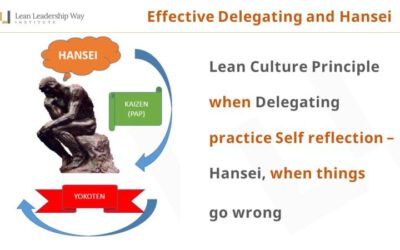#Effective production meetings key points 1-3
Dear #CEO
Are you managing Effective Production meetings explained points 1 to 3 following on from the previous post on 16 Effective key points to holding a Production meeting, explained in more detail.
- 1 Present: Plant Director, Production, Engineering, Technology, Tooling, Planning, Maintenance, Purchasing, Safety, Warehouse, Quality, Lean Coordinator.
If the head of the department or team cannot make the meeting, it is important that someone is delegated by the department leader to attend the meeting. It is not sufficient that they just turn-up. They must be present and informed.
There is nothing worse than hearing at the meeting, they don’t know but will check or report back to their Boss. As a leader, in line with your obligation to develop people, make sure you have a dedicated group from your team that is ready, prepared and briefed before they go into the meeting.
If you want to develop people you need to coach them in taking your place at the table or in this case, the stand-up meeting.
- 2 Stand-up only, maximum time 25 minutes if daily, 40 minutes if weekly or bi-weekly.
Why do we insist on stand-up meetings as opposed to sit down meetings. The answer is a practical one. No one like to be kept standing up for say more than 25 to 30 minutes.
If the late Queen Elizabeth II, could hold committee stand-up meetings so can you.
It keeps the tempo of the meeting and forces the participants not to waste time deliberating on opinions and hearsay, we need to focus on facts.
Remind yourself that each such meeting focuses on facts and one or two elements of the PDCA – Plan, Do, Check Cycle.
- 3 Hand-written on white board prior to meeting. limit presentation slides. (Muda). Electronic KPIs useful but impersonal.
Why do people like me insist that everything that is important gets written down on a board as an Action point or let us say on the large electronic screen, from a laptop, most usually using an Excel spread sheet (date, issue-problem, action point, who is assigned and date when action point is to be completed, with a PDCA circle or 1,2,3,4 to represent the status of the on-going action point.
It also means, that we have full visual management working, everyone sees what was agreed, what needs to happen and it is a note or memo of the meeting in an instant. During the following meeting, you just refer back to the previous meeting Action points and update them as necessary.
Nothing important is missed. Next week, no one remembers what was agreed verbally or written down by the person next to you. Rule of thumb; if its important then it needs to be written into the visualised Action Point board.
I hope this explains in more detail the rational behind these three points.
If you missed the 16 Key Points to running an effective (Quality) and efficient (cycle time) production meeting see my previous blog of last week.

